For a good psychological thriller to work, there needs to be an imprint left behind on the audience that makes them question their own sanity. Questioning of the human mind and a mystery behind the shattered states of what makes us human. Themes of morality, reality, dissolution, the unreliable narrator, and the overall impression that not everything is what it seems, are sort of paramount to picking up the remains of what’s meant to be a very fragmented story. Which is exactly what Broken Pieces tries to accomplish in its about 10 hour playtime.
Created by French game development studio Elseware Experience and published by Freedom Games, Broken Pieces is an isolated mystery puzzle-adventure with occasional shooting mechanics. A lonesome psychological thriller about a woman named Elise and the strange occurrences that have confined her to the French coastal village of Saint Exil. The game is in every fashion an attempted creation of something akin to Resident Evil (classic) but set in an almost Eldrich terror town mystery, where a lighthouse overlooks something ancient from the depths. A beautiful game that has promise though ultimately falls a bit flat on its final impact.
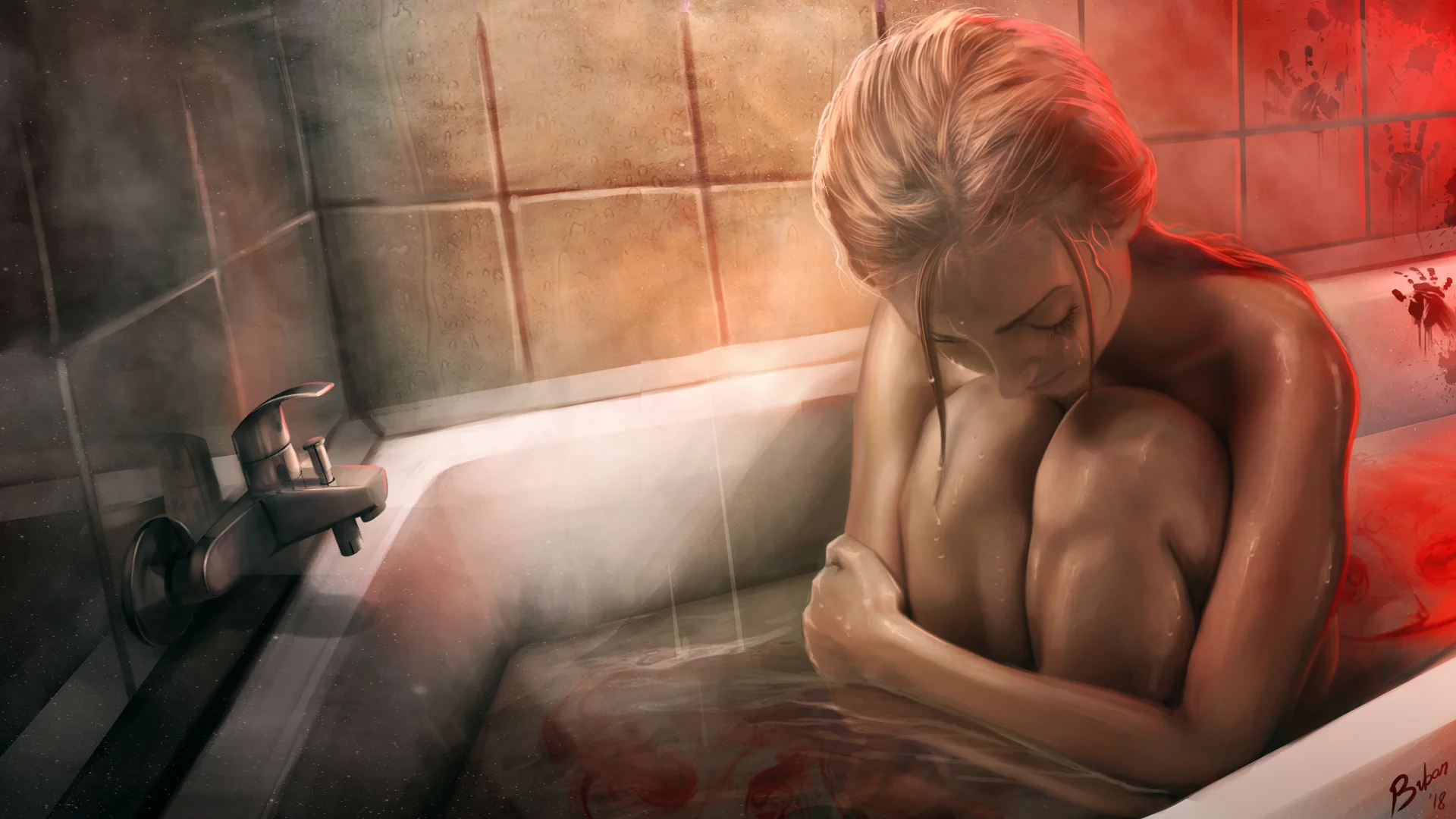
In Broken Pieces, you play as Elise, a woman in her 30’s looking for her long-time partner, Pierre, of whom you’d just moved-in with in a seemingly quiet yet quaint coastal village town in France. The survival horror begins two weeks after a military abduction during the town’s yearly festival, when a cult’s behind the scenes involvement created chaos leading to whatever strange reality you’ve awaken in.
Exploring the mysteries of the town on your own, Elise’s journey unravels a tale that involves not just Saint Exil, but the government, revealing secrets kept hidden for generations. Much of this is told through found cassette tapes, both at your home, as well as scattered throughout the city, as documented journals and secrets regarding the story’s lore are littered throughout the town.
These tapes serve as much of the lore featured in the game. You can listen to each one while playing, and for those creeped about by the town’s eerie silence and creaking doors, there is also some of Pierre’s music that you can play in the background just to cut the horror ambiance.
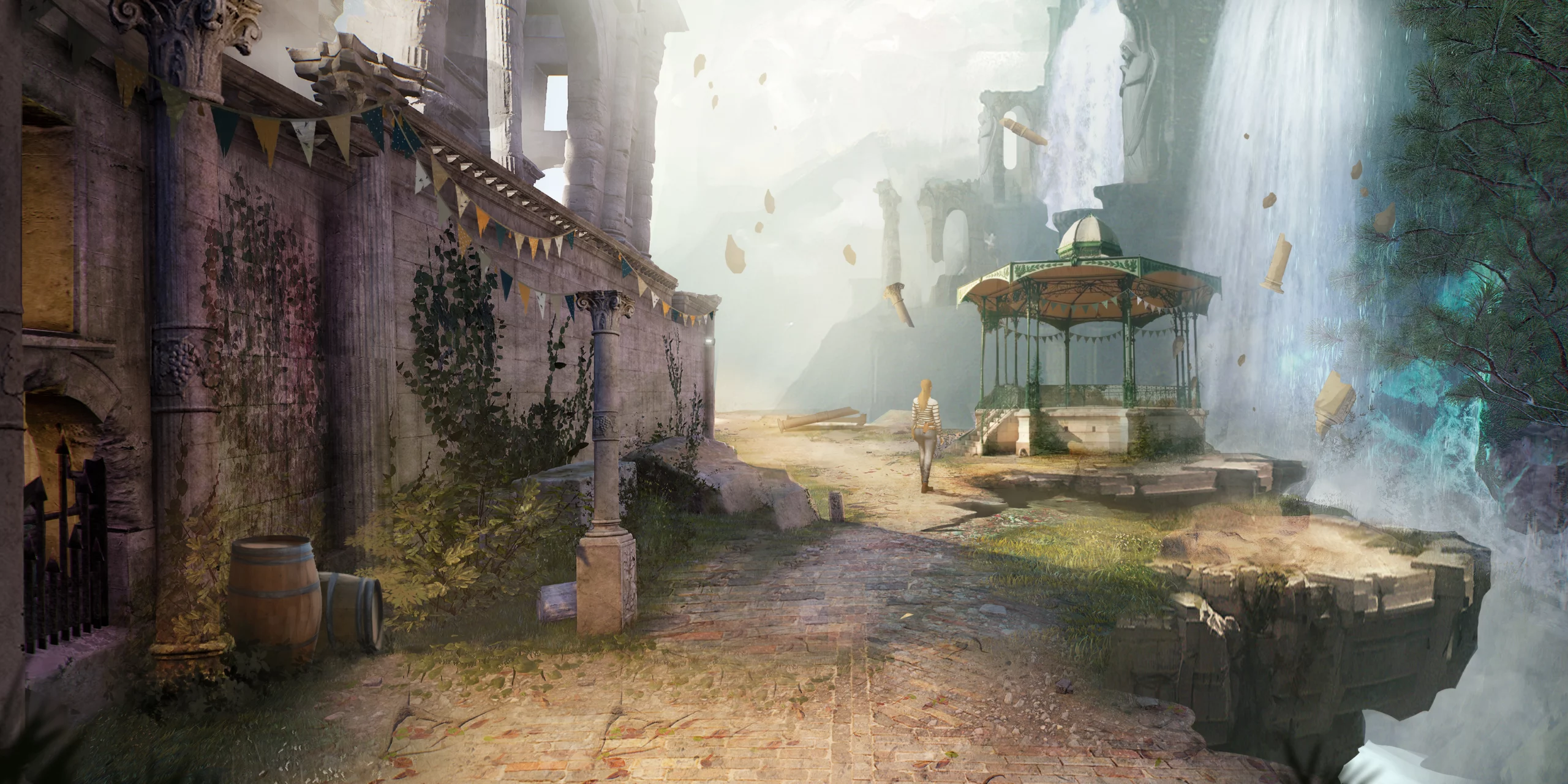
Narratively, the world building in this game is pretty fantastic, creating a creepy mystery where solving puzzles, finding clues, and traversing to a new town location feels naturally integrated with the story. The more mystery that gets revealed, the more gameplay and puzzles Elise unlocks to reach the ending. For example, in the game it’s revealed early-on how the cult had taken all of the town’s circuit breakers to limit mobility across town, requiring Elise to find and hoard her own to unlock different electric gates and doors. Keys have to be found. Valves and levers need to be utilized. All to unlock areas of the map later in the game that, upon first glance, are seemingly harmless or unrelated, though are revealed to be anything but…
On top of this, there are a few intriguing side quests to check out in the game. The train arcade video game is easily the most entertaining thing about Broken Pieces as its a seriously challenging switch-based test of awareness and dexterity. George’s tables, the main side quest of the game, is a difficult puzzle where a chain of balls need to land in a hole while also maneuvering a switch of blocks that need to be cleared of obstructions.
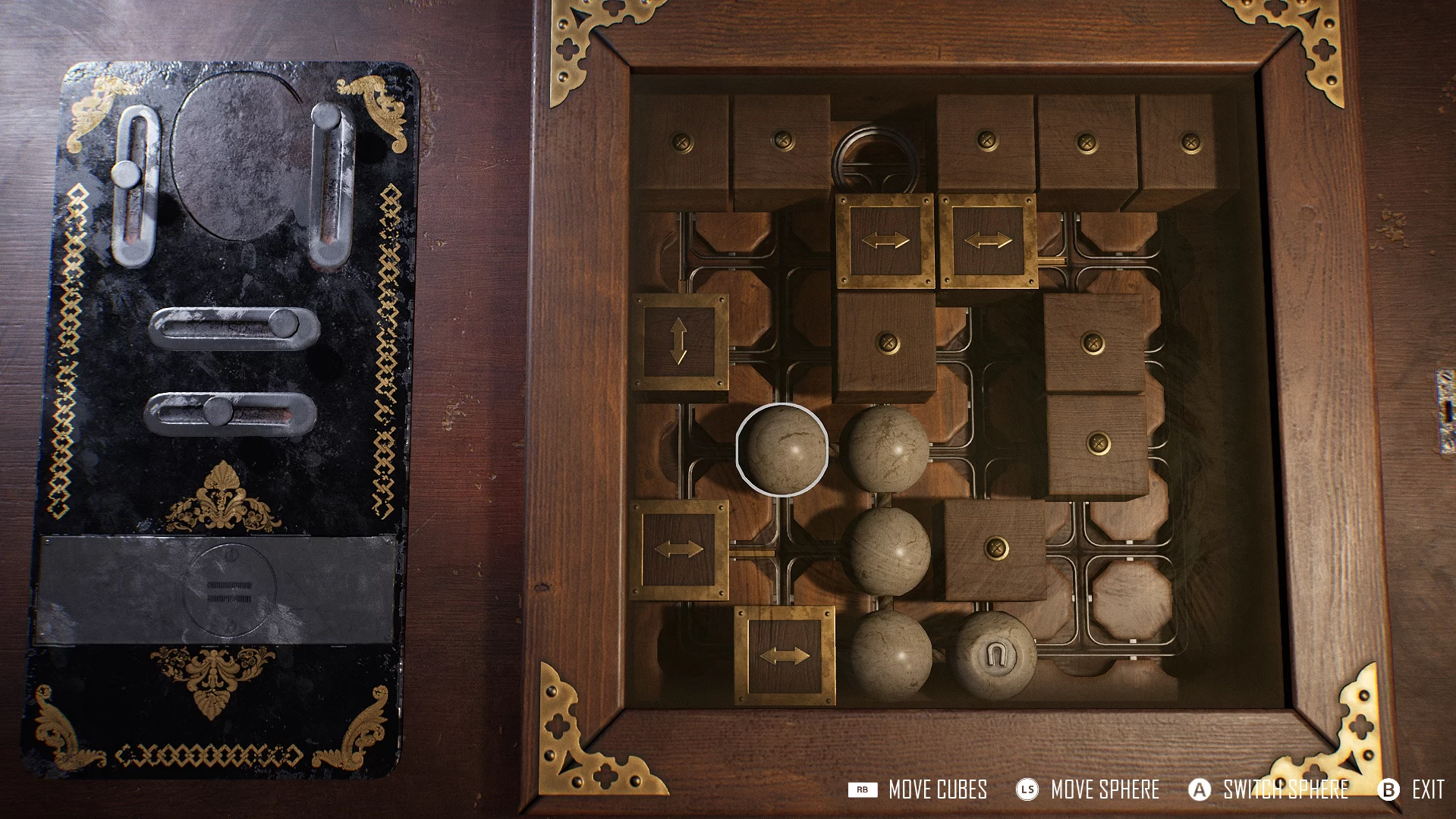
Finally, George’s Workshop is easily the best-looking location, as the toymaker had crafted a house of wonders to go with his ‘Nico the Hungry Robot’. A mechanism whose side quests are the most interesting thing about the game. Beating these puzzles grants notes, poems, loose collectibles, and some gun upgrades, along with a few collectors items needed for a platinum run.
While this is all fun and games throughout, I will admit that story-wise there is a major twist revealed at the end which… sort of fizzles. The payoff feels less than the sum of its parts leading up to it and, without spoilers, the mystery of the town’s explanation delves into the nature of Elise’s reality and the nature of the crystals around town. Unfortunately, the ending feels more like things were revealed for the sake of moving the story forward where, for the sake of plotting, the game concludes in its inevitable end.
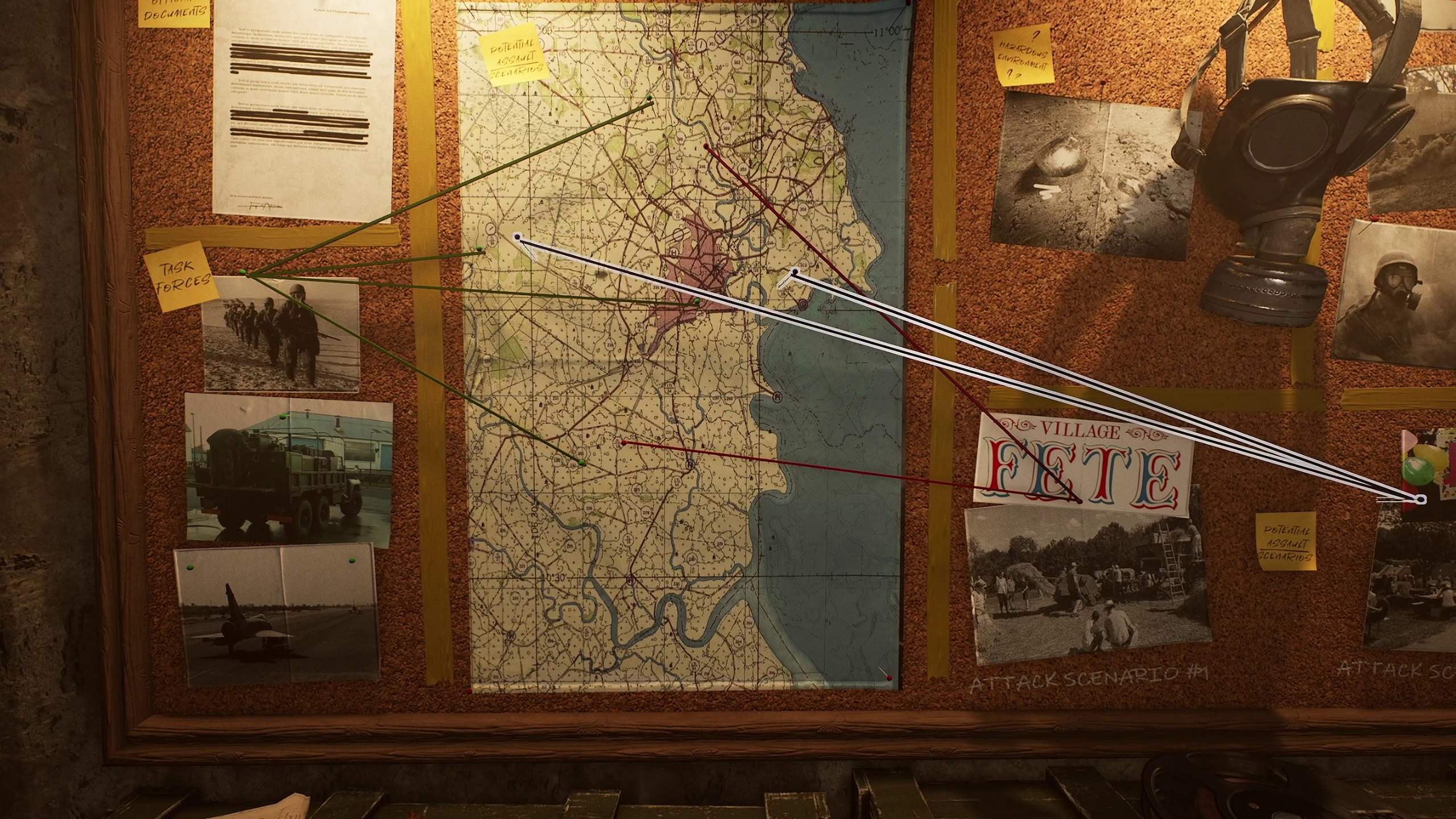
Now, I played ‘Original Mode’ as this was how the game was intended for the developers, a balance between combat and puzzling. Players can opt to do just the puzzle mode though, if they’re in it simply for the sake of reaching the end. I will admit, given Elise’s very slow run mechanic, Original Mode does get tedious towards the end of the game, when it’s required to trek back to all of the town’s locations and the random encounters become more annoying than menacing. Especially as the game’s in-game timer, where you must be home before 8pm (or else face a lot of ghosts in the dark), sort of forces you to rest way more than feels necessary, ineffectively repeating the game’s traveling process. To make matters worse, going from one area of the town to another can sometimes sacrifice time, making players lose up to 3 hours or more traveling back and forth between the town’s different locations, such as the lighthouse or church.
Solving puzzles seems to be the game’s priority, as there are a lot of environmental ones atop of the ones mentioned above. Sometimes it’s weather related. Sometimes it’s unlocking a door passed earlier on. Fun at first, but it gets redundant later on, as some of these are literally going from one end of map to another just to find clues and documents/tapes, some of which you can only listen to at home (meaning you’ll lose a day to move the game forward).
The most ethereal element featured in the game is an interesting mechanic regarding Elise’s stone. A gift from Pierre that has special abilities, the stone can summon a storm to push trees down or charge wind turbines to open electric-powered doors. Under certain conditions, the stone is also able to change the season from summer to winter when used in a pool of water later in the game, which is a big function in solving the game’s endgame puzzles.
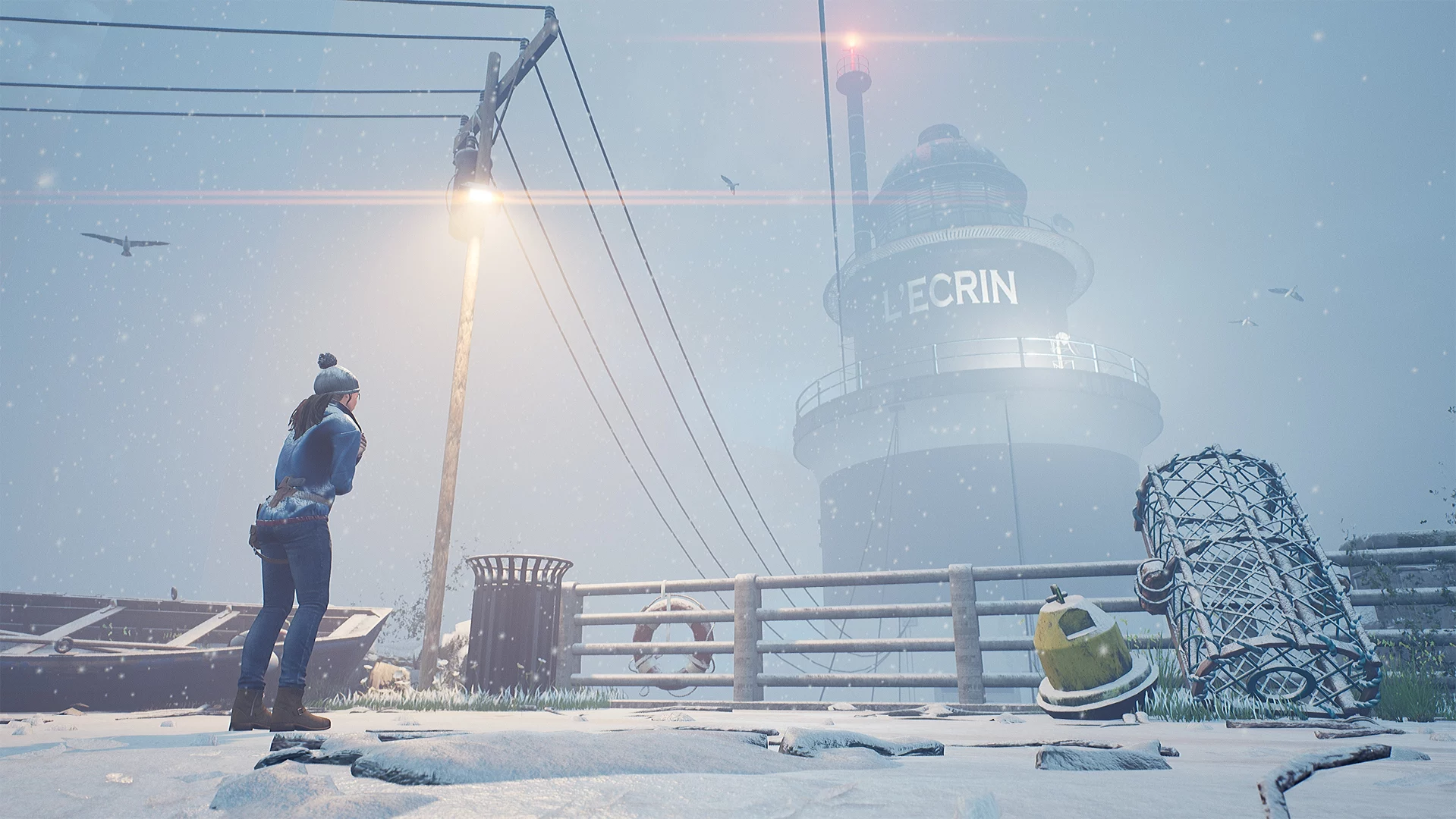
Combat is limited to just a pistol whenever the moment is triggered during the game. There’s basic ammo (which is infinite) and high quality ammo (crafted at night if you leave junk in the item chest overnight) for Elise to use. Maneuverability is low and, much like the original Resident Evil games, Elise can’t move when aiming down sights.
While aiming the reticle does get smaller and turns red the longer she’s locked onto a target, which when fired at the right time, does extra damage and guaranteed hits (as shooting repeatedly tends to miss). For the PS5 version of the game, there is some degree of resistance triggers and some haptic feedback when firing the pistol.
When enemies spawn, the location locks down and a ghost (usually 1-3 at a time) try to physically attack her. These ghosts appear as static-looking soldier monsters attacking with blunt objects, all for a basic combat that’s more tedious than enjoyable in my opinion.
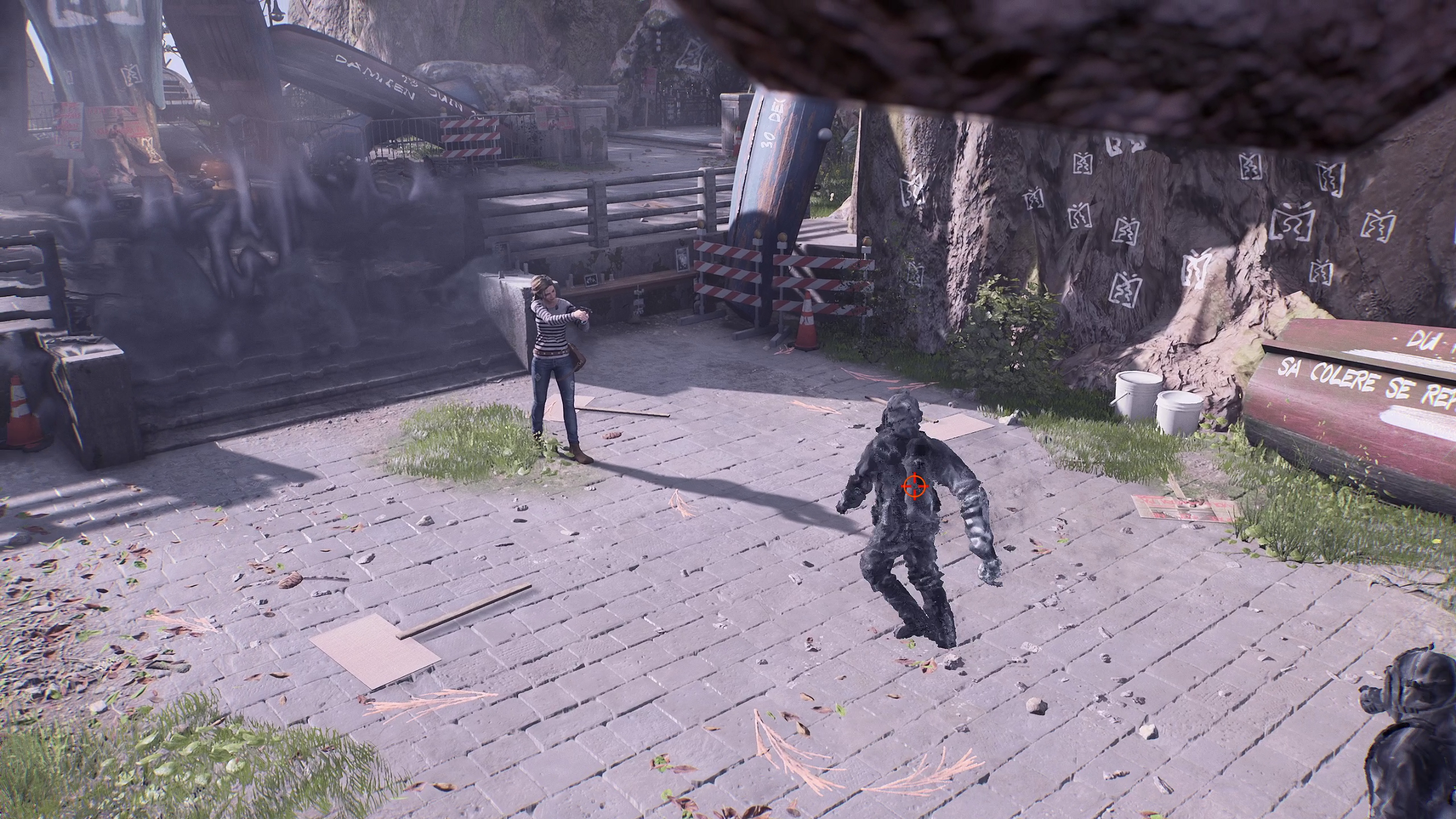
You can also repel a single attack with the circle button using Elise’s stone. This forces that enemy to retreat but at the cost of a small bit of energy points. Elise can also use up even more energy points by holding the triangle which causes an AOE damage explosion that hopefully takes out a few enemies. This does have its risks, however, as enemies may still spawn afterward, and there’ll be less energy left to use a repel if necessary.
You can heal Elise by resting at a bench for 2 hours (in-game time) or by drinking something from a refrigerator. Besides this mechanic, the item wheel is something to pay attention to in the game not just because it scrolls in a strangely similar interface as The Last of Us, but is also limited in carry capacity. This is particularly tedious with heavy objects which can only be carried one at time (heavy objects are levers, axes, and valves).
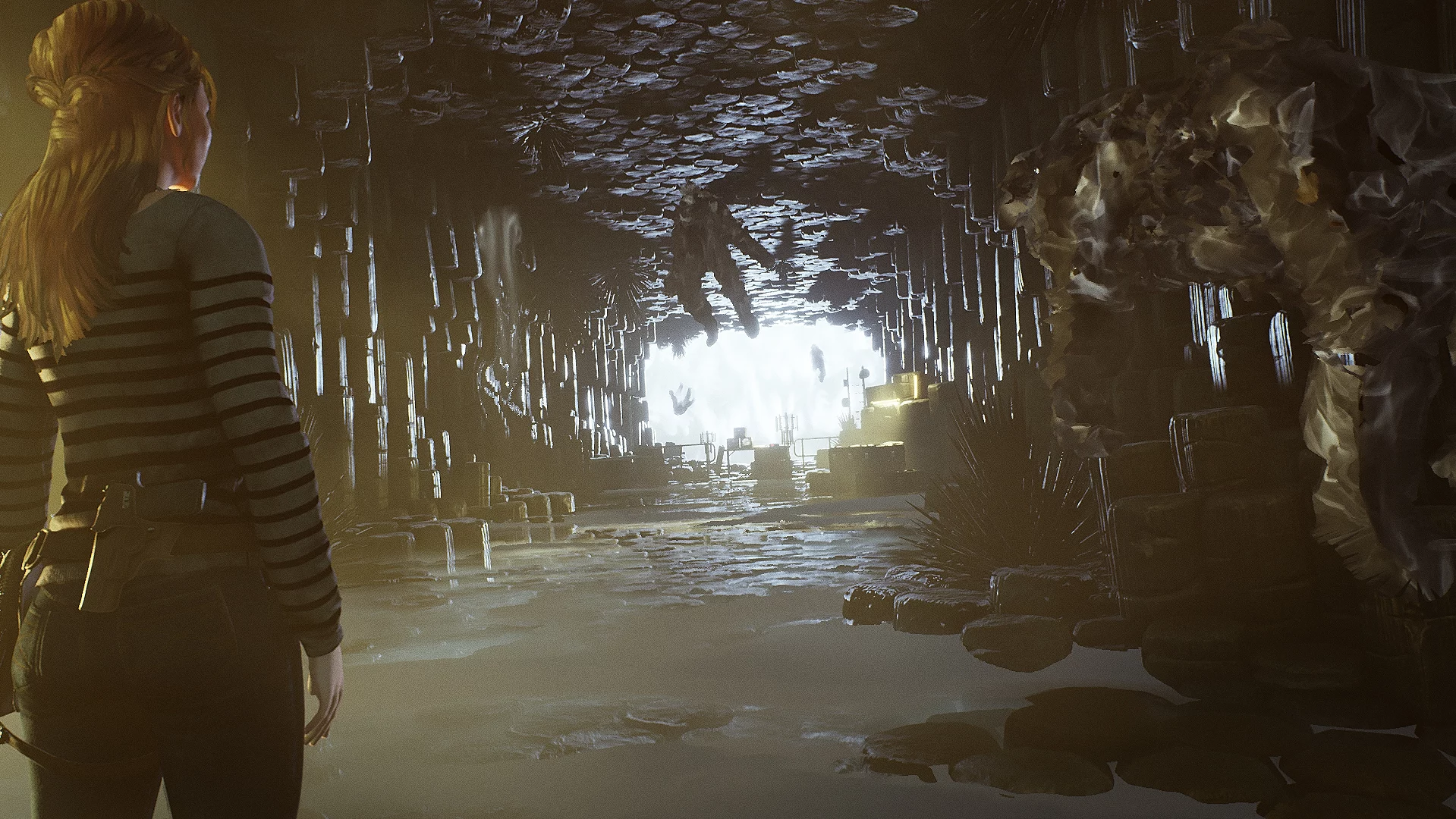
Given the small team of five, I’m actually rather impressed with how great the game looks. It was powered by the Unreal Engine over Unity, which is why it’s pretty graphically impressive, as you can do more with it aesthetically than the accessibility of a Unity engine. This results in seamless cutscenes and an environment that’s incredibly well-detailed. Visuals that are creepy in a dilapidated older architecture sense of setting, filled with dark-lit houses and cult-like church paraphernalia. All for what’s definitely a great accomplishment of level design.
Checking drawers and examining objects, much like the Resident Evil games, are so important as there are a couple of missable gun upgrades and a whole lot of desks and drawers to search for important items. The narrative fits so well with these levels as hitting X makes Elise interact with so much in the environment causing her to comment on all things. Kudos as well to the voice actress, as well as the script team for these moments, as it gave Broken Pieces a lot of story bits to feel like a fleshed-out environment.
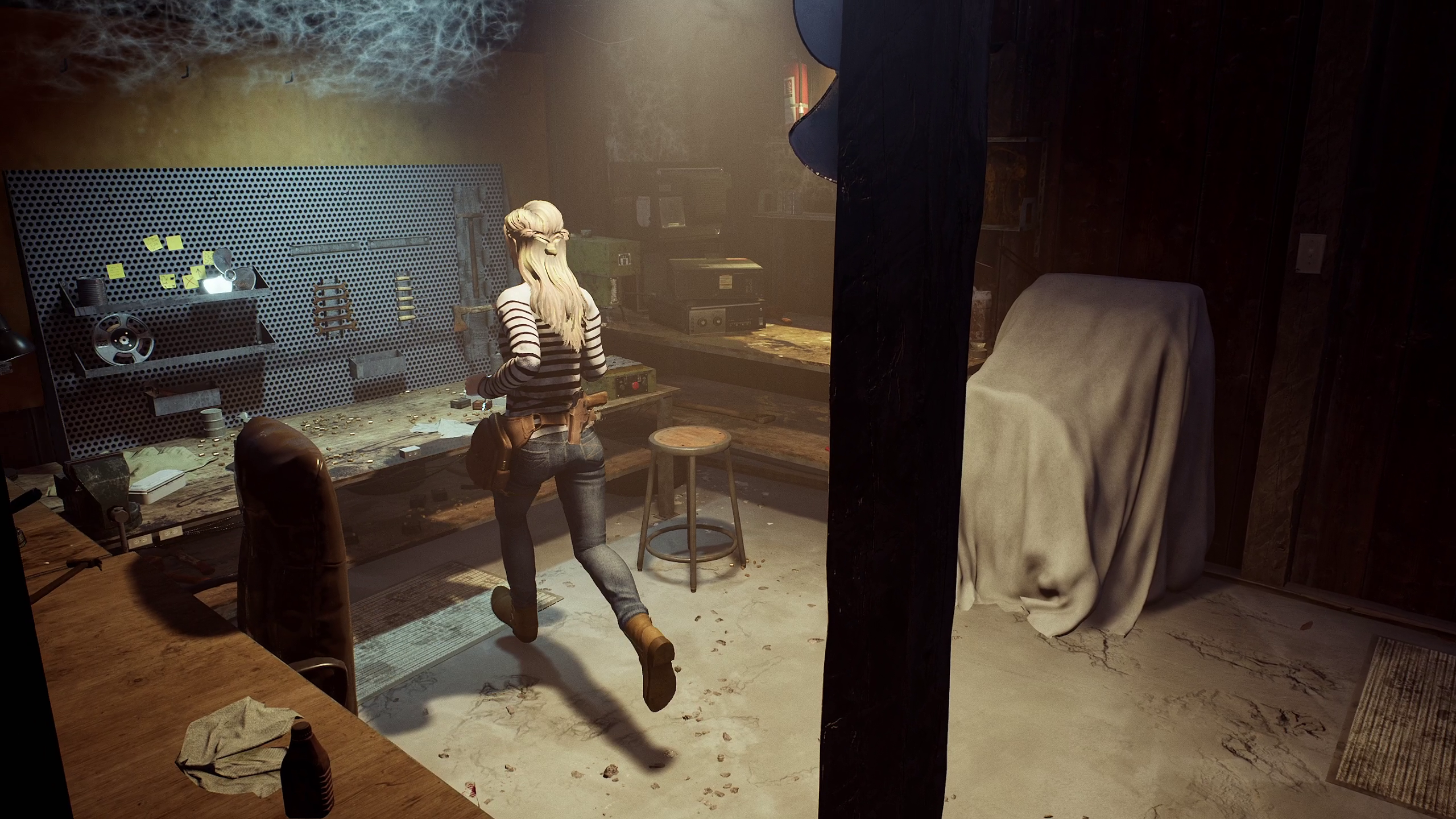
The use of camera angles is very distinct in this one as well, just like the original Resident Evil, for the sake of adding horror ambiance. Your point of view is stuck as a camera on the wall meaning your sights are almost always limited. However, you can at least control what angle you see, as Elise can use R1 to adjust to a separate second angle, or use the R3 to scroll the room and see from her first person point of view.
The strangest graphical element in the game is the usage of portals that take Elise to an alternate reality. While visually intriguing, I’m not entirely certain as to their point in the game. They have entirely separate inventories and are strangely more difficult in terms of combat. There are also movement problems in the game, mostly in that going down the stairs looks… pretty funny and stoic-shouldered in motion, and at certain parts of the game there were freezes and crashes. Though in my playthrough, it was unfortunately more towards the end though not-at-all confined to combat. Which is actually kind of bad for a game to freeze in the puzzle solving and less action-driven moments, though this could have just been my experience.
I will say that visually, the reveal at the end does have some very Final Fantasy vibes, but I won’t delve into which one, for the sake of spoilers. It’s a dark story that goes in places visually that make it rather compelling, mostly in that you probably wouldn’t have expected to see some of these visuals when you first began the journey. Which is a good thing in psychological thriller.
The Verdict
Broken pieces does some thing right and some things wrong. As a puzzler, it’s a decent game but the combat feels like a bad attempt at Resident Evil. The atmosphere is great though and the story has promise… just don’t expect some groundbreaking conclusion.
Final Score: 3/5
